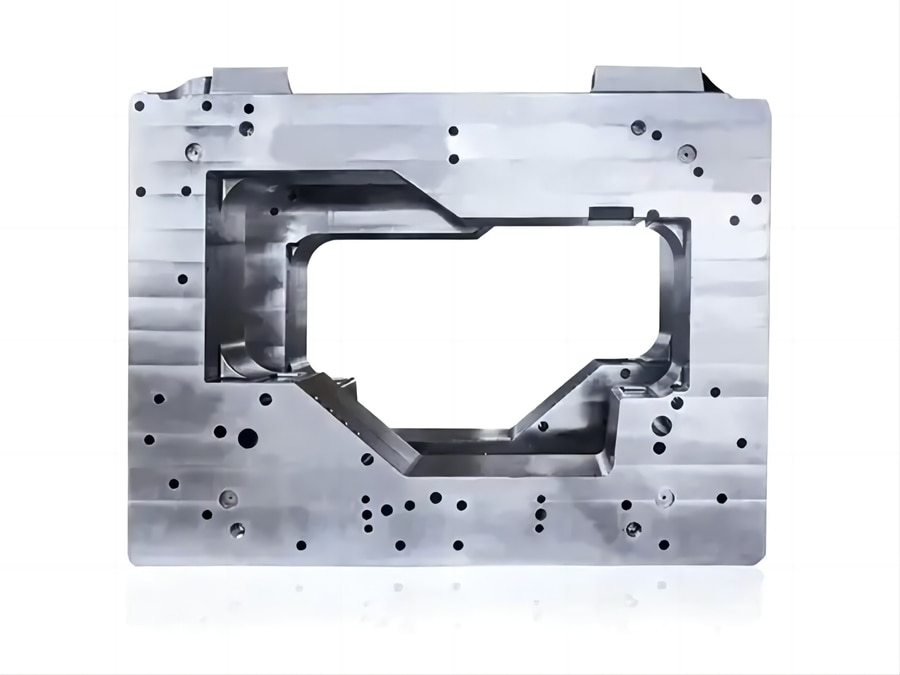
#Industry News
The Giga Casting Mould Base And Its Applications
The Giga Casting Mould Base And Its Applications
The Giga Casting Mould Base is an important element for casting large parts, including the underbody of vehicles. Tesla is using these massive machines to simplify production and cut costs by up to 40 percent in some areas.
These are used to make castings for front and rear underbodies, central platforms that incorporate battery packs, and other components for electric vehicle (EV) vehicles.
Several major automotive manufacturers, such as Honda, Toyota, and Volkswagen, have already adopted this technology for their own products. However, it is not yet clear how many other EV makers will do so in the future.
One of the reasons is that these huge machines can be built in a greenfield approach, which makes them especially suitable for new manufacturing locations where they are placed side by side with existing auto plants. This also enables local production and just-in-time delivery to ensure a high level of quality for the end product.
Another reason is that Gigacasting has the potential to dramatically reduce costs and lead time for parts that are usually manufactured by hand, thereby enabling an accelerated transition into automated production. Moreover, it can be used to build more compact assemblies that require fewer robots, which further improves productivity and efficiency.
In addition to its use for reducing cost and increasing productivity, this technology can also be applied to reduce energy consumption by limiting heat input from the dies themselves, which is especially useful for Gigacasting since metal has a significantly higher melting point than plastic. Nonetheless, this technology is still relatively young and may require considerable research before it can be adopted by other industries.
This technology can be used for many applications, but its main area of application is currently the automotive sector where a reduction in the number of individual parts for a vehicle's body will yield large savings. It will also increase efficiency in the car assembly line as well as the overall plant footprint.
It is therefore expected that Giga casting will play an increasingly significant role in the development of future vehicles and their associated structural concepts. It can also be applied to a variety of other industrial sectors, from aerospace and marine engineering to medical applications such as prosthetics and biomedical devices.
Besides its potential for making parts more lightweight, Gigacasting can also lead to improved corrosion protection and durability. The resulting castings can be plated with special paint finishes and lubricants to increase the lifespan of parts.
The Giga Casting process itself has a few stages: First, the aluminum ingots and cutoffs are melted in a furnace that maintains about 850 deg C temperature. The molten aluminum is then conveyed into an enclosed oven to further reduce the melting temperature and remove any impurities. Nitrogen gas is used to prevent the formation of oxides during this process. After the casting is finished, it is cooled in a quenching tank.
Once the casting has been cooled, it is inspected with a range of inspection devices such as X-Ray and Coordinate Measuring Machines to verify that the casting is accurate. Then, it is further perfected with a laser trim press.





